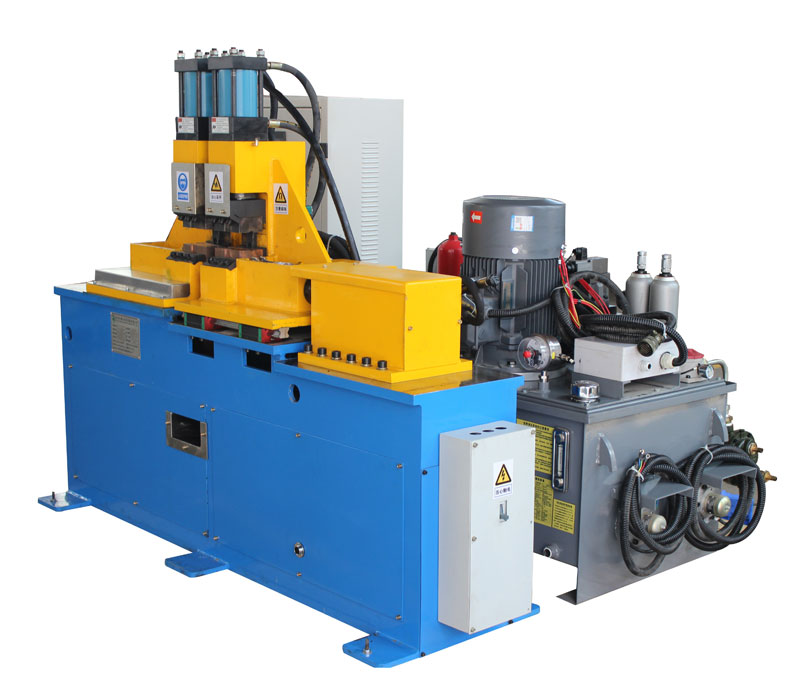Flash butt welding is a highly effective process used in various industries for joining metals. In this welding technique, there are two distinct methods: continuous flash welding and preheat flash welding. Understanding the differences between these methods is essential for achieving precise and reliable welds.
Continuous flash welding, as the name suggests, involves a continuous flash of light and heat during the welding process. This method is particularly well-suited for joining metals of similar thickness and composition. It’s characterized by the constant application of electrical current and pressure, which creates a continuous flash at the interface of the workpieces. The flash in continuous flash welding serves the purpose of melting and fusing the metal ends together, resulting in a strong and consistent weld.
On the other hand, preheat flash welding is a technique that incorporates a short burst of intense heat at the beginning of the welding process. This initial burst of heat, known as preheating flash, is used to soften the ends of the workpieces, making them more malleable and ready for the subsequent welding. Preheat flash welding is especially beneficial when joining dissimilar metals or workpieces with varying thicknesses. The controlled application of heat in the preheating phase minimizes the risk of thermal stress and distortion in the final weld.
In summary, the primary difference between continuous flash welding and preheat flash welding lies in the timing and duration of the applied heat. Continuous flash welding maintains a constant application of heat throughout the welding process, making it suitable for joining similar materials. In contrast, preheat flash welding begins with a short burst of intense heat to prepare the workpieces for welding, making it ideal for joining dissimilar materials or varying thicknesses.
Both methods have their advantages and applications, and the choice between them depends on the specific requirements of the welding project. Understanding these differences is essential for welders and engineers to make informed decisions and ensure the successful execution of flash butt welding operations.
Post time: Oct-28-2023








